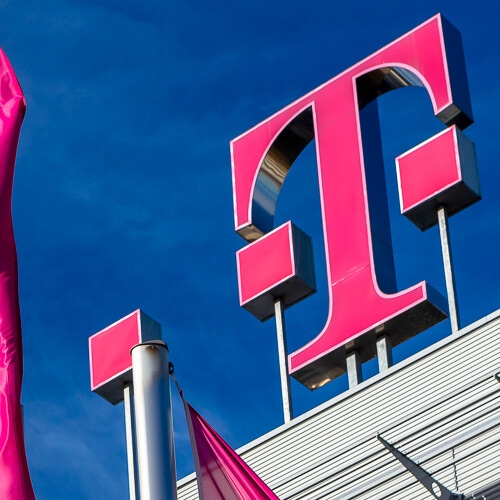
Deutsche Telekom (DT) and Vodafone Germany hailed further progress in their bid to eliminate 4G coverage gaps in remote or rural areas of Germany where customers are served by only one mobile network operator (MNO), or by no operator at all.
Over the past couple of years, the two operators have been aiming to improve coverage in between 3,000 and 4,000 so-called 4G grey spots, which are typically defined as areas where only one MNO is able to provide 4G coverage.
As things stand, the pair have been able to eliminate more than 2,000 grey spots, with more to come by the summer. DT has previously pointed to the use of multi-operator core network (MOCN) technology that allows access nodes to be shared between two or more operators.
Figure 1:  In February, Deutsche Telekom said its 5G network is now accessible to 90% of households.
In February, Deutsche Telekom said its 5G network is now accessible to 90% of households.
(Source: Deutsche Telekom)
However, DT has been keen to point out that this type of network sharing will remain limited to selected rural areas, with each operator continuing to invest in its own infrastructure in more competitive areas.
DT and Vodafone have also formed separate agreements with Telefónica Deutschland on eliminating grey spots in several hundred sites across Germany, again through the deployment of network sharing technology.
Furthermore, the three German MNOs signed an agreement in 2019 to construct 6,000 new sites to close so-called 4G white spots, where no operator is present.
Germany's Federal Ministry for Digital and Transport (BMDV) said in June 2021 that 99.95% of households and 97.5% of Germany's territory had access to LTE networks.
5G building up
As the operators close the gap with 4G, they are of course also ramping up their 5G network coverage.
In February, DT said its 5G network is now accessible to 90% of households, with 63,000 antennas now supporting the technology. Telefónica Deutschland is aiming for 50% household 5G coverage by the end of 2022.
Want to know more? Sign up to get our dedicated newsletters direct to your inbox.
Vodafone Germany, meanwhile, became the first MNO to commercially launch a 5G standalone (SA) network in the German market, and is now making use of the 5G+ brand as the service rolls out across the nation.
This week, the BMDV unveiled a new Gigabit Strategy that among other things aims to increase the pace of 5G network deployment by speeding up permit approval processes for the deployment and upgrade of mobile masts.
Related posts:
— Anne Morris, contributing editor, special to Light Reading
Read more about:
EuropeAbout the Author(s)
You May Also Like




_International_Software_Products.jpeg?width=300&auto=webp&quality=80&disable=upscale)







